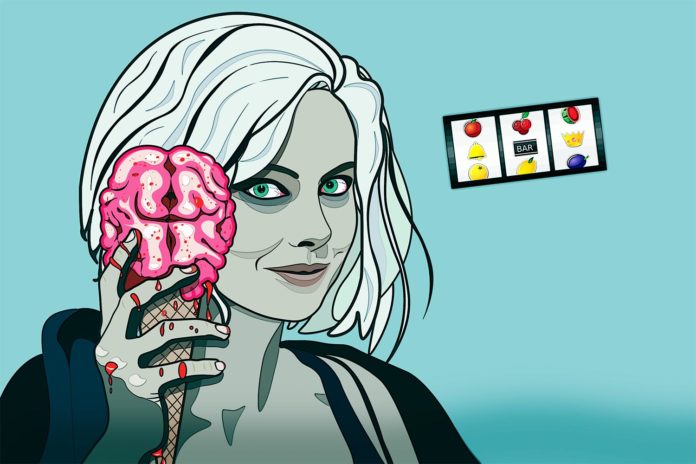
In theory, surgery should work. Yet, doctors have doubts.
Valery Spiridinov, the world’s first head transplant volunteer, suffers from a degenerative disease known as Werdnig Hoffman. The incurable illness is characterized by the wasting away of muscle tissue, so the thirty-year-old has placed high hopes in Italian neuroscientist Dr. Sergio Canavero’s proposed head transplant procedure. While, in theory, every part of the surgery should work, many health professionals question that Valery’s brain will still function after what’s set to be a long, unfathomably intricate experimental procedure.
Head transplant will involve large-scale fusing of blood vessels and nerves.
The procedure consists of first inducing hypothermia, or drastically lowering the body temperature, of both the patient and the donor. This is done in order to ensure minimum risk of tissue damage due to lack of blood flow. The second step is partial severance of the neck, with blood vessels from the patient’s head being connected to the donor body. After that, the patient’s spinal cord will be cut very sharply, and the head removed and placed atop the new body with nerve endings and blood vessels “knitted” together. Finally, after a medically induced coma lasting a few weeks that should allow the spinal cord to heal itself, the person would be brought back. The whole procedure would last under a day, according to Canavero. It should work in theory, but doctors are showing concern towards the knitting of blood vessels and nerves since it has never been attempted before on a scale nearly this large.
Neurosurgeon interviewed about the surgery had mixed feelings.
As an Oxford-trained consultant neurosurgeon at St. George’s Hospital in London, Matthew Crocker has years of experience as well as awards and medals in neurosurgery. He explains to us that parts of the surgery are made difficult by their magnitudes, such as the connection of nerves and blood vessels, while others have simply never been attempted before. He describes the healing of the spinal cord during a medically induced coma as being “very speculative,” since it has never been attempted before and the person’s old, working spinal cord will be removed. There has never been a spinal cord reattachment done in the history of medicine, yet Canavero tells us the head transplant surgery is doable by 2017 and will have a success likelihood of 90%.

















